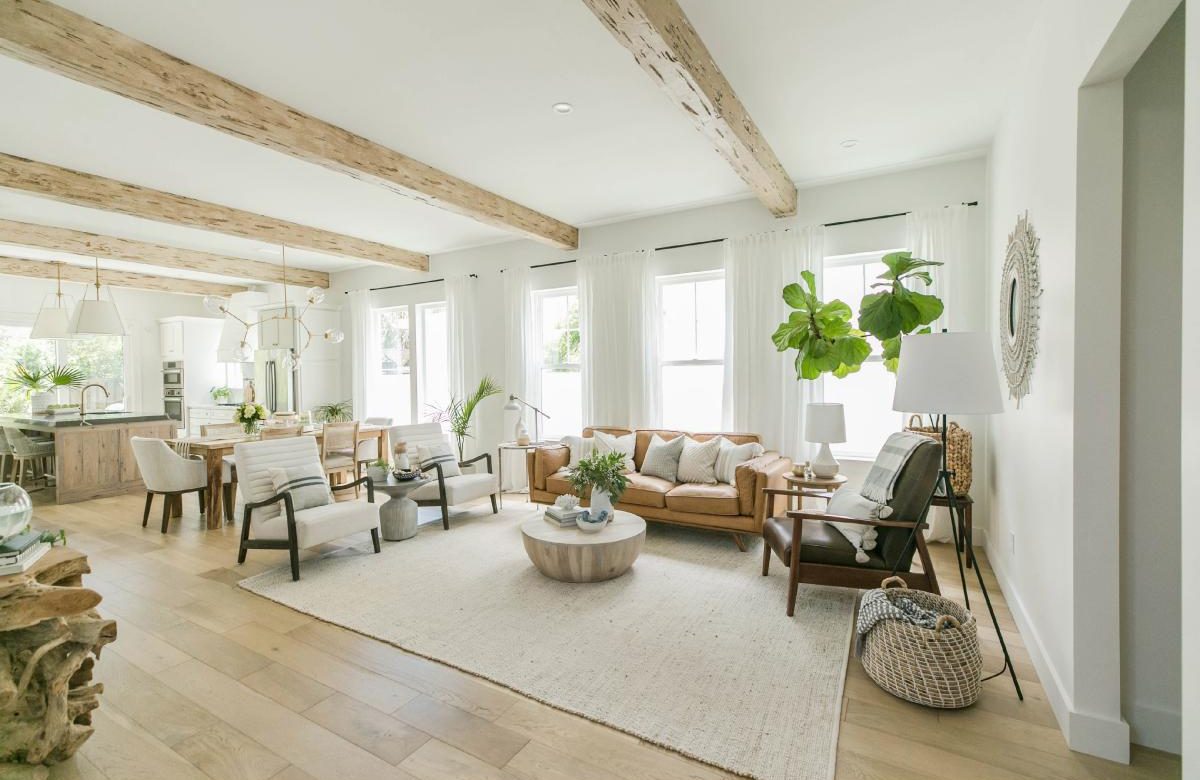Ekena Millwork’s line of faux wood ceiling beams is the perfect solution for bringing a sense of rustic elegance to your home. These beams are made of high-density polyurethane, but they have the aesthetic appeal of being made of real wood. Because polyurethane is a synthetic material, these beams come without the associated costs or upkeep of real wood. This article will explain what faux wood ceiling beams are, where they are typically installed, the various designs and styles available, and the advantages and disadvantages of each.
What Are Faux Wood Beams?
Polyurethane is a synthetic foam material that is highly dense but incredibly lightweight at the same time. To get a sense of how dense this material is, imagine squeezing a 1-inch-thick piece of pine wood between your fingers. Polyurethane starts in a liquid form and is poured into a mold that is cast from real pieces of rustic wood. This is what gives faux beams their authentic look.
Once the liquid polyurethane expands and solidifies, you get a product that realistically resembles real wood but is substantially lighter in weight. Once these sheets of polyurethane faux wood are made, they are cut and assembled to size, then finished to resemble a stained beam.
To install a faux wood beam, you would simply mount blocking to your ceiling. The blocking should run along the span of the beam. Then you would apply adhesive along any part of the beam that will meet a wall or ceiling. Finally, you would sleeve the beam over the blocking and screw or nail into the blocking through the outside of the beam. It can be hard to imagine how much easier installing a faux beam versus a real wood beam until you actually see somebody handling a 9’+ hunk of beam while on a ladder. Once you’ve seen that, it becomes much easier to understand how daunting the task would be with solid wood.
Common Applications
The ceiling of any room in your house can benefit from the addition of faux wood beams for aesthetic purposes. Some typical applications include:
Living rooms benefit from the addition of faux wood ceiling beams because they can give the room a warm and homey feel.
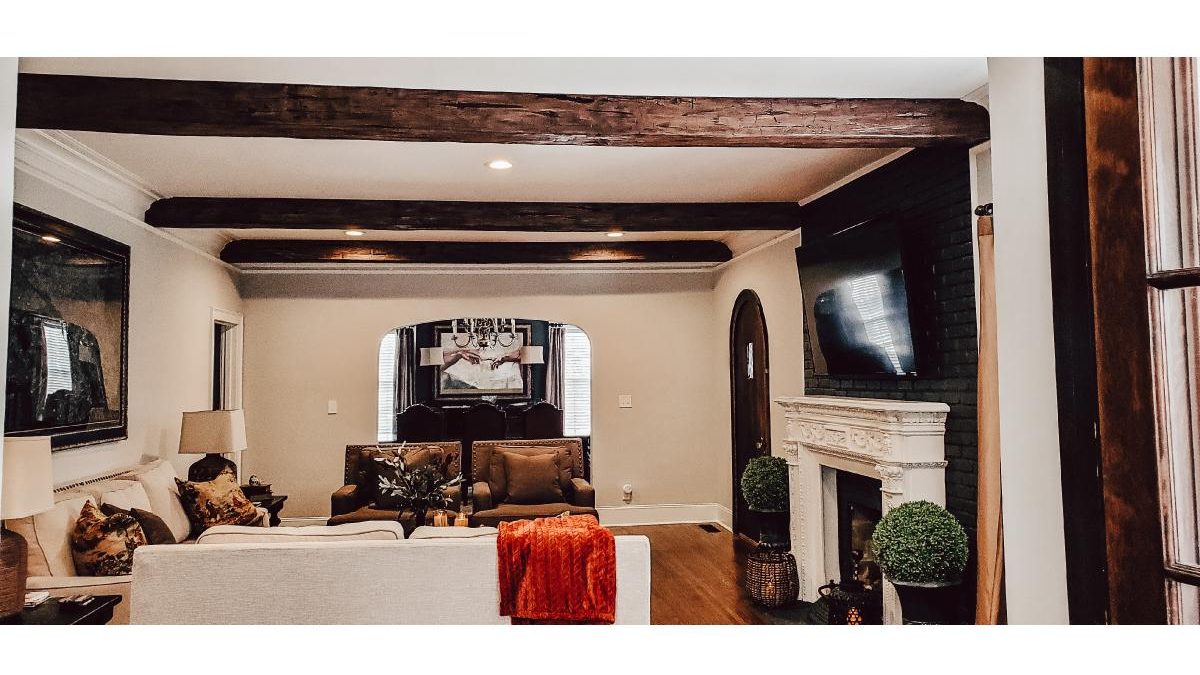
Kitchen beams can be used to create a farmhouse style kitchen. If this is the look you are going for, then consider combining beams with other rustic elements such as exposed brick, shiplap walls, or open shelving.
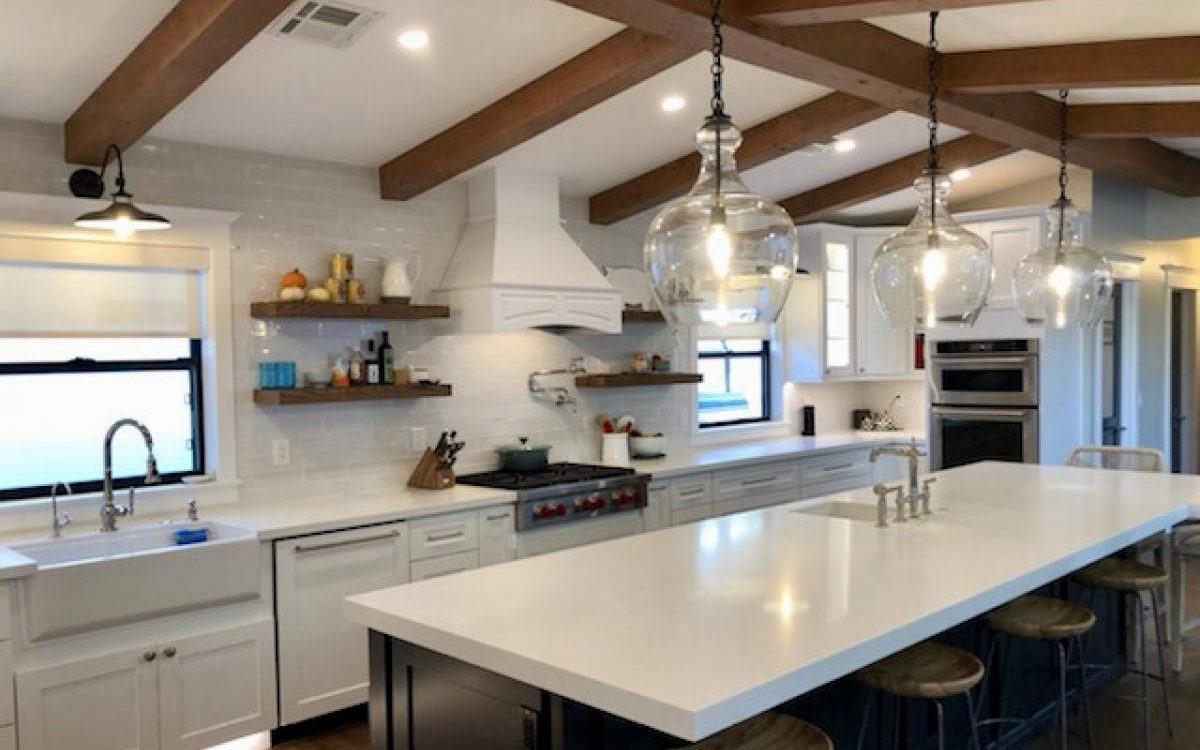
Faux beams can also be used to conceal structural beams that do not offer architectural interest. Because faux beams are hollow on the inside, as long as they are ordered large enough, they can easily slide over an unsightly structural beam and enhance the look of the space.
Decisions, Decisions, Decisions…
Now that you know where you want your beam, you will need to figure out what texture, color, and size fits your space best. Choosing the ideal faux wood ceiling beams for your home is simple with the variety offered by Ekena Millwork.
To suit your needs, faux wood ceiling beams can be customized so that the width, height, and length are exactly what you need. If you can imagine the ceiling beam being a “U” shape, the width is the bottom of the “U” while the height is the two vertical parts of the “U”. You can customize the width and height in half inch increments starting at 3″ and going all the way up to 36″. The length of the beam is how far it spans across the ceiling. They can be made as small as 24″ or as large as 360″. That’s a whopping 30 feet of continuous beam!
If you do not need a U-shaped beam, you can also select a flat plank, L-shaped, or box beam. U-shaped beams and box beams can also be made with end-caps so that you cannot look into the beam once it is installed.
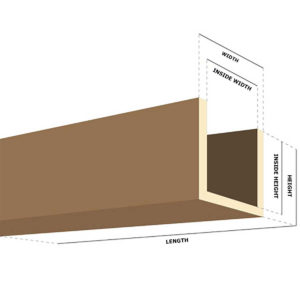
Moving on to the texture and color, Ekena offers seven unique textures and 48 beautiful finishes. Each finish is applied by hand which means that even if you order several beams, no two beams will look exactly the same. This is great because it adds another level of authenticity to the look and feel. Each finish will resemble either painted, stained, or natural wood. Pick a combination that works with the existing decor in your house.
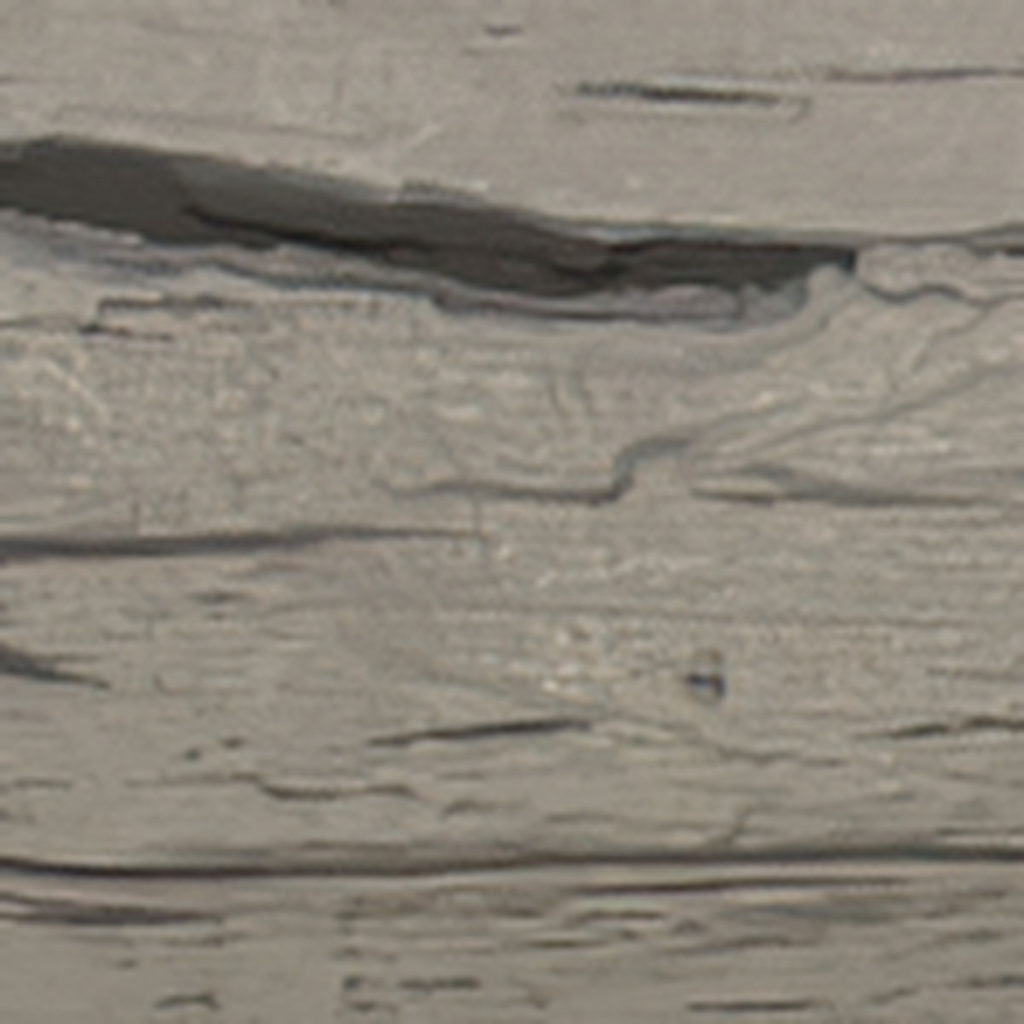
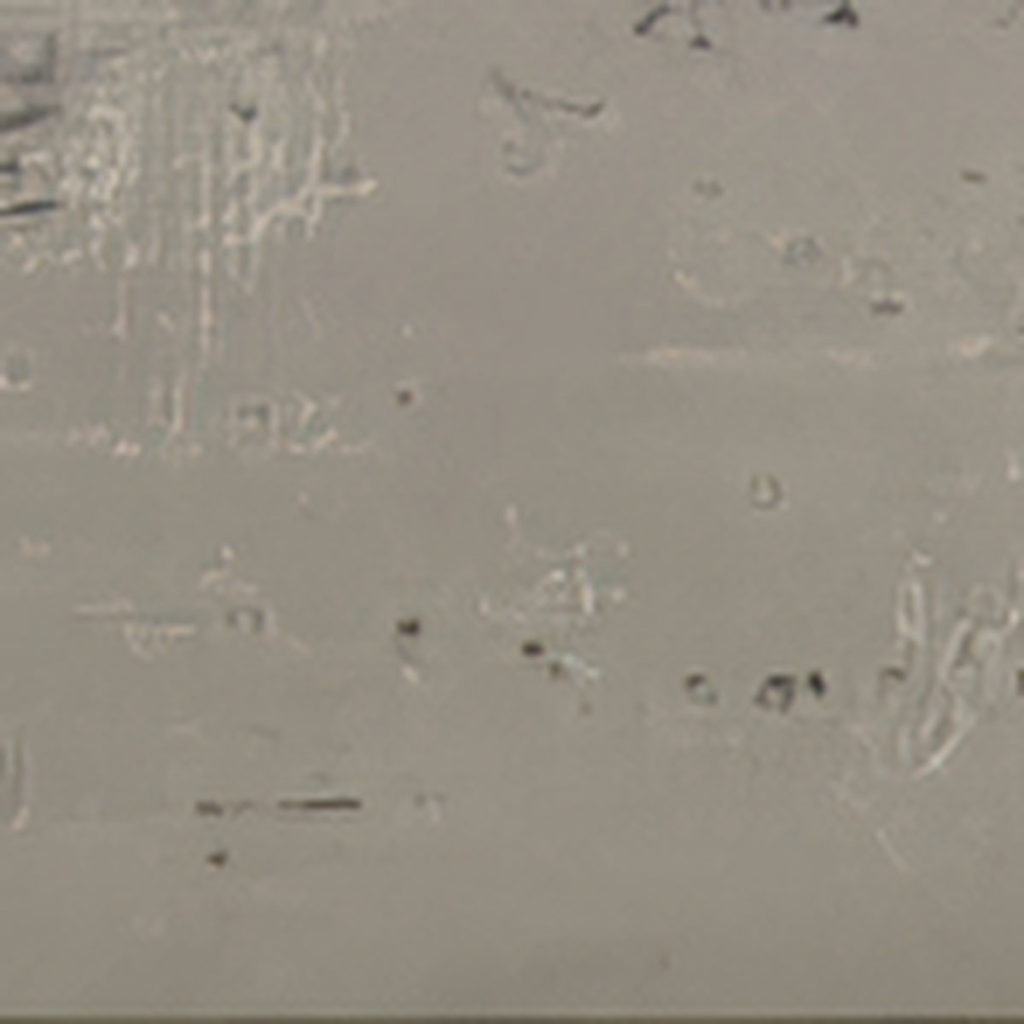
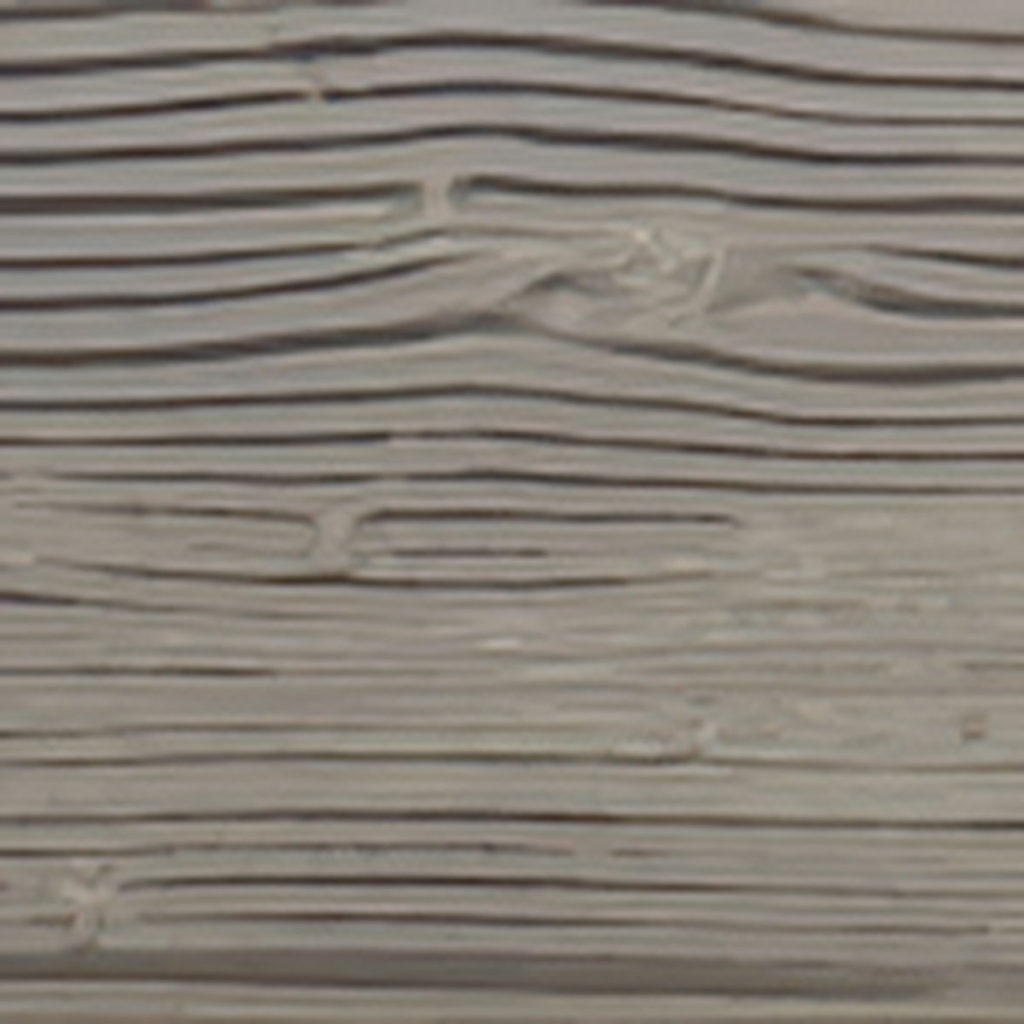
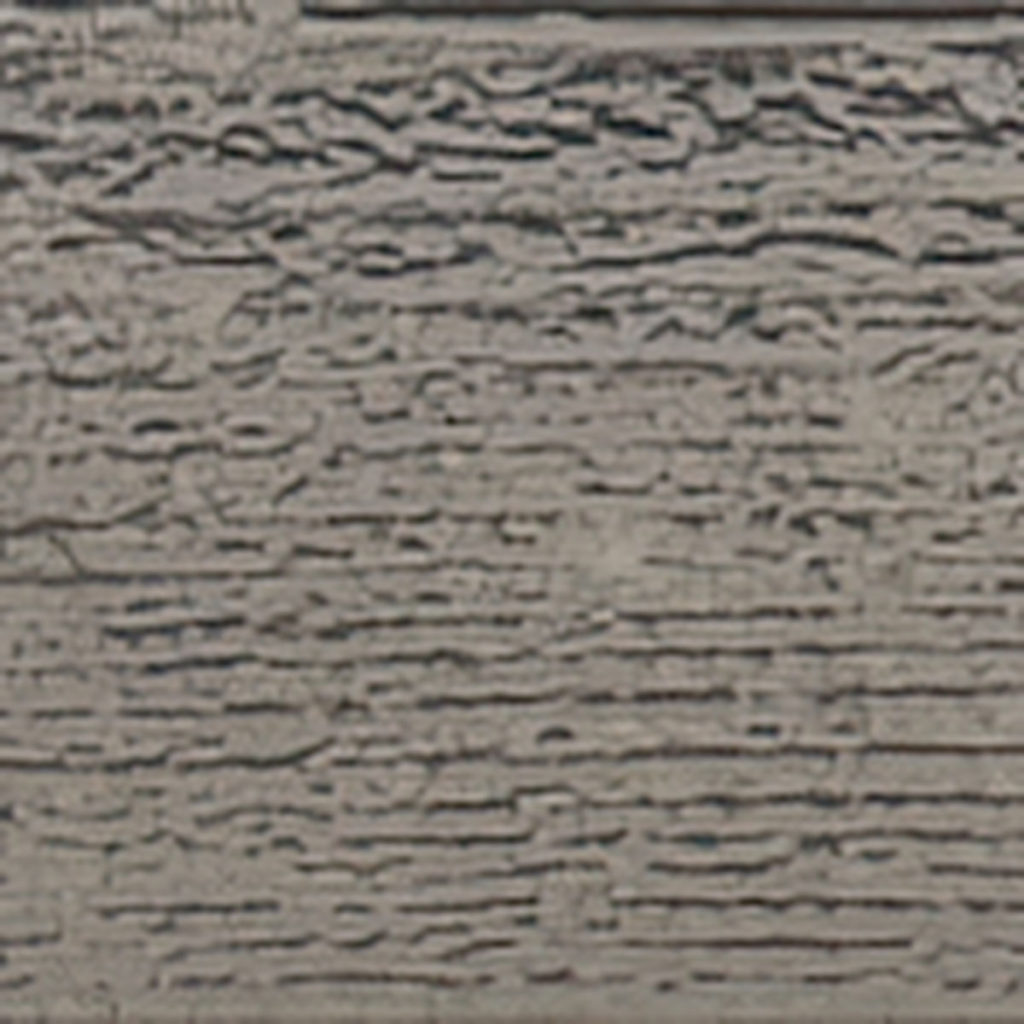

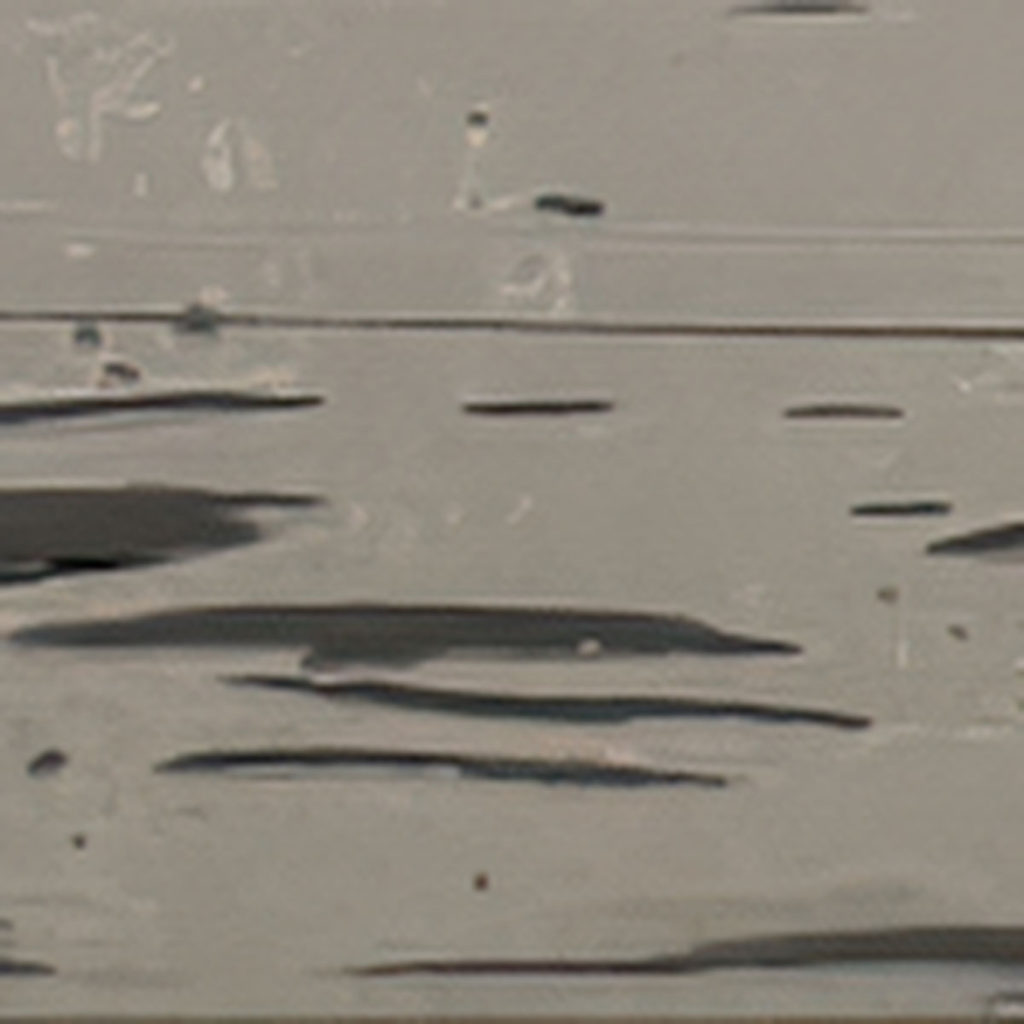
Pros & Cons
The main drawbacks to faux wood beams are that they do not fit everybody’s taste or home aesthetic and that some people simply prefer real wood beams regardless of the inconvenience. To that I say, to each their own! At the end of the day, everybody should come home to a space they love and sometimes that just won’t include faux beams.
But if you want the look of ceiling beams without the hassle, here is a quick summary of the key pros.
- Faux beams lend themselves well to many different styles including rustic, farmhouse, traditional, etc.
- Faux wood ceiling beams are a more economical option than their real wood counterparts for homeowners who want to imitate the look of wood without the high price tag.
- Faux wood is incredibly lightweight which makes installation much quicker and easier than a solid wood timber.
- This product line is easy to clean and maintain, faux wood ceiling beams don’t need the same TLC as their real wood counterparts.
- Ceiling beams made of faux wood are extremely adaptable because they can be used in so many different rooms and come in a wide variety of sizes, designs, and finishes.
In conclusion, faux wood ceiling beams in general and Ekena’s line in particular are an easy and affordable way to infuse any room with a sense of rustic elegance. There are a wide variety of sizes, shapes, colors, and materials to choose from, making it simple to find something that works with your space. They are a great do-it-yourself project because of their low maintenance and light weight. Faux wood ceiling beams are a great way to enhance the aesthetic appeal of your home in any room, whether you want to make the living room more inviting, the bedroom more comfortable, or the dining room more unique.
